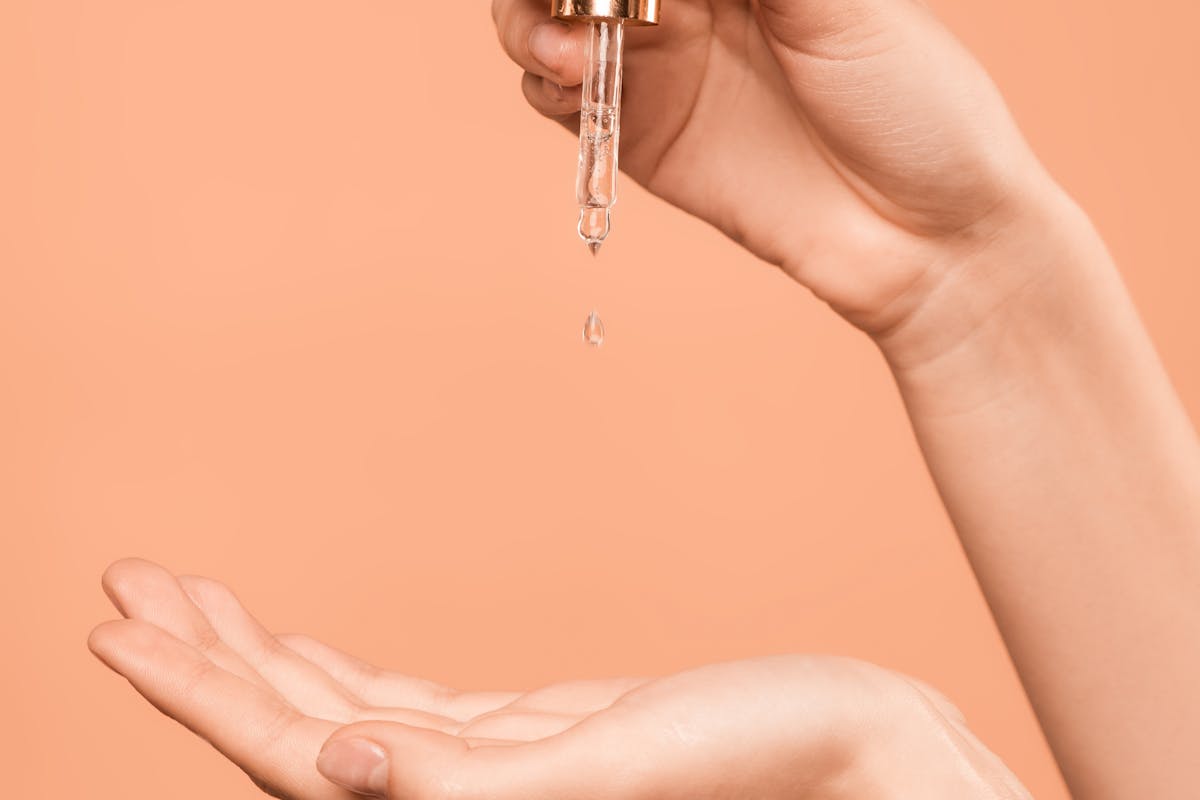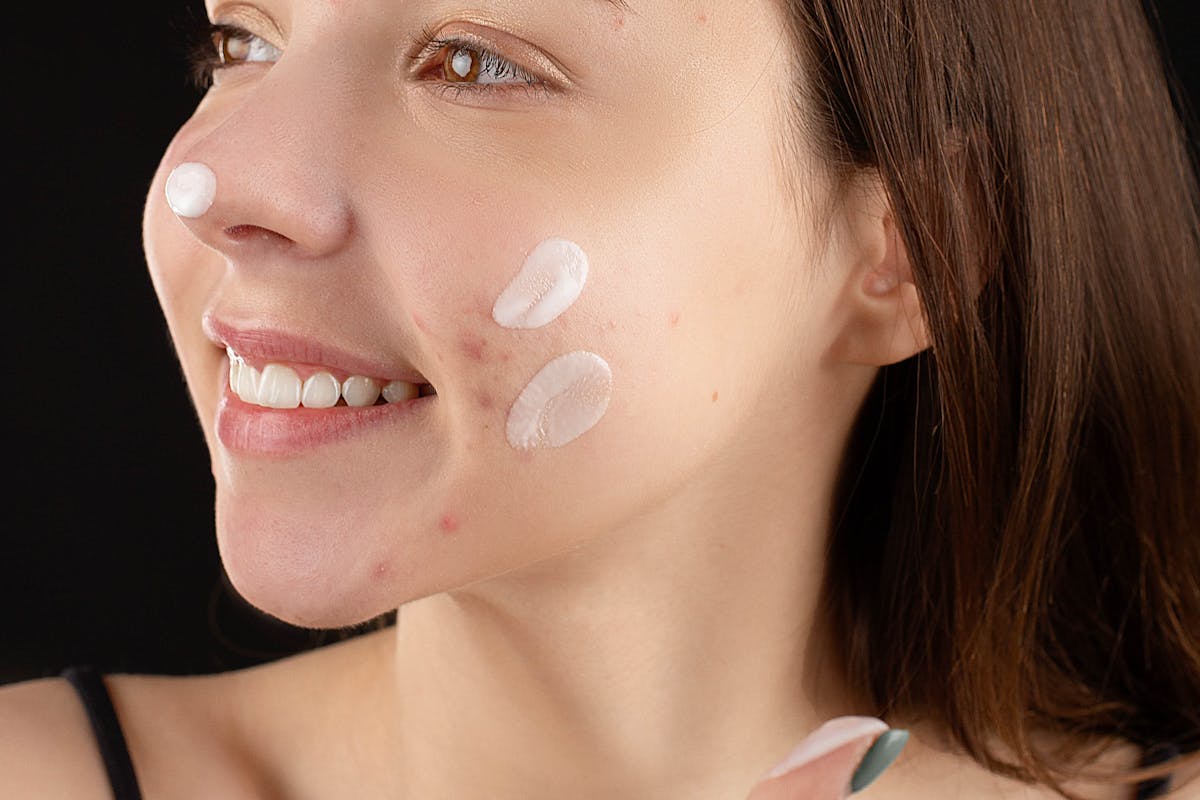- Topical treatments like retinoids and vitamin C serums effectively fade acne marks over time.
- Chemical peels, such as glycolic and salicylic acid peels, provide deeper exfoliation for clearer skin.
- Microneedling stimulates collagen production, reducing acne marks and enhancing product absorption.
- Laser therapy, including fractional laser resurfacing and IPL therapy, targets and fades acne marks.
- Daily sun protection with sunscreen and sun-protective clothing prevents further darkening of acne marks.
Acne, though commonly associated with adolescence, can persist into adulthood, leaving behind unwelcome reminders in the form of acne marks. These stubborn blemishes, also known as post-inflammatory hyperpigmentation, can linger long after the pimples have cleared, affecting one’s confidence and self-esteem. However, fret not, for there are effective ways to deal with acne marks and achieve clearer, more radiant skin. This article will explore five of the best methods to tackle acne marks and regain a smooth, even complexion.
1. Topical Treatments
When combating acne marks, topical treatments are often the first line of defense. These formulations target the pigmented areas directly, helping to fade them over time. Here are two highly effective topical treatments to consider:
Retinoids:
Retinoids, derivatives of vitamin A, are renowned for their ability to accelerate cell turnover. They promote the shedding of discolored skin cells and stimulate the production of fresh, evenly pigmented skin. Incorporating a retinoid cream or serum into your skincare routine can gradually diminish the appearance of acne marks, revealing a more luminous complexion underneath.
Vitamin C Serums:
Vitamin C serums are another powerhouse in the fight against acne marks. This potent antioxidant not only brightens the skin but also inhibits melanin production, effectively reducing the intensity of hyperpigmentation. Regular application of a vitamin C serum can help fade acne marks and even out skin tone, restoring a youthful glow.

2. Chemical Peels
For more intensive treatment of acne marks, chemical peels offer a deeper exfoliation that targets the uppermost layers of the skin. You can get these in a local skin care clinic for the best results. Here are two popular types of chemical peels recommended for addressing acne marks:
Glycolic Acid Peels:
Glycolic acid, an alpha hydroxy acid (AHA), is prized for its ability to gently exfoliate the skin, sloughing away dead cells and revealing brighter, smoother skin beneath. By promoting cellular turnover, glycolic acid peels can gradually fade acne marks and improve overall skin texture.
Salicylic Acid Peels:
Salicylic acid, a beta hydroxy acid (BHA), penetrates deep into the pores to dissolve excess sebum and unclog follicles, making it an excellent choice for those dealing with both acne and post-inflammatory hyperpigmentation. Regular salicylic acid peels can help refine pores, reduce acne breakouts, and fade stubborn acne marks.
3. Microneedling
Also called collagen induction therapy, microneedling involves a device with tiny needles for creating micro-injuries in the skin. This controlled trauma stimulates the skin’s natural healing process, triggering collagen and elastin production. Here are two benefits of microneedling for acne marks:
Collagen Production:
By stimulating collagen production, microneedling helps to plump up the skin from within, reducing the appearance of acne marks and improving overall skin texture.
Enhanced Product Absorption:
The micro-channels created during microneedling allow for better absorption of topical treatments, such as vitamin C serums or retinoids, maximizing their effectiveness in fading acne marks.
4. Laser Therapy
Laser therapy has emerged as a popular option for treating acne marks, thanks to its precision and efficacy. Here are two types of laser therapy commonly used for this purpose:
Fractional Laser Resurfacing:
This treatment targets microscopic skin areas, stimulating the production of collagen and promoting the regeneration of healthy, evenly-pigmented skin cells. This results in a noticeable reduction in acne marks and overall skin tone and texture improvement.
Intense Pulsed Light (IPL) Therapy:
IPL therapy delivers intense pulses of light to the skin, targeting pigmented areas and breaking down excess melanin. Over time, IPL treatments can fade acne marks and even out skin tone, leaving behind a clearer, more radiant complexion.

5. Daily Sun Protection
Last but certainly not least, protecting your skin from the harmful effects of UV radiation is essential for preventing further darkening of acne marks. Here are two key tips for incorporating sun protection into your skincare routine:
Broad-Spectrum Sunscreen:
Always use sunscreen with an SPF of 30 or higher to protect your skin from UVA and UVB rays. Apply it every morning, even on cloudy days, and reapply throughout the day, especially if you spend long periods outdoors.
Sun-Protective Clothing:
Aside from sunscreen, always wear sun-protective clothing, such as large hats and long-sleeved shirts, to further minimize sun exposure and protect your skin from UV damage.
Dealing with acne marks can be a frustrating journey, but with the right approach, achieving clearer, more even skin is entirely feasible. Whether you opt for topical treatments, chemical peels, microneedling, laser therapy, or sun protection, consistency is key to seeing significant results. Remember to consult with a dermatologist or skincare professional to develop a personalized treatment plan tailored to your specific skin concerns. With patience and perseverance, you can bid farewell to acne marks and embrace a newfound confidence in your complexion.

